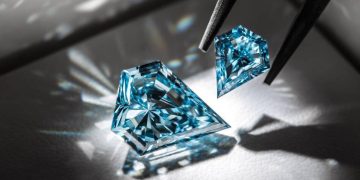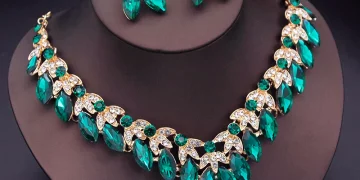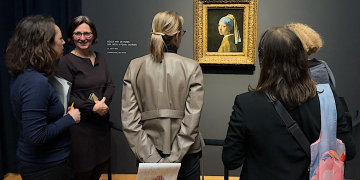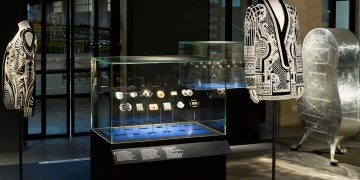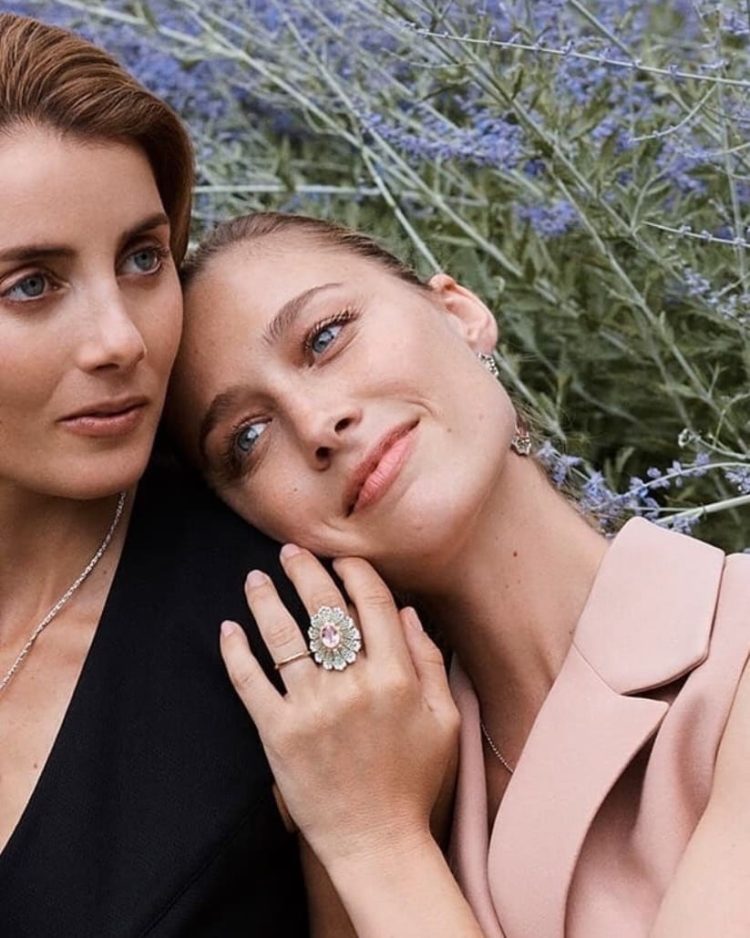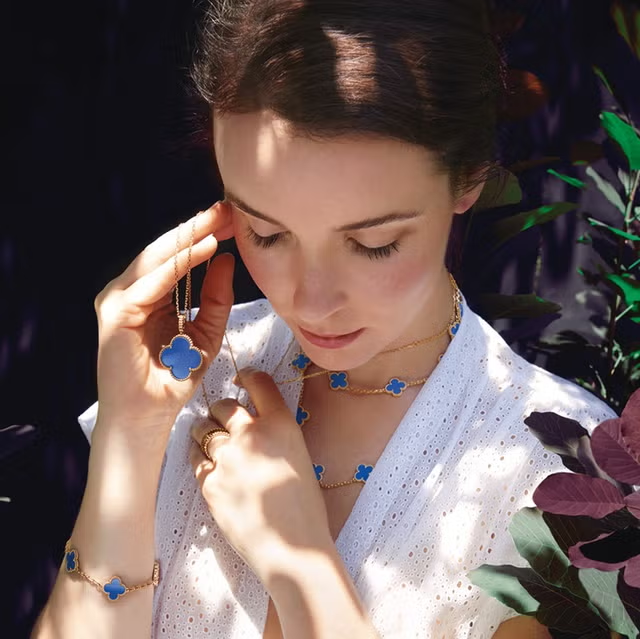The jewelry industry is one of the oldest in the world, steeped in centuries of tradition and expertise passed down through generations. However, in today’s fast-paced and ever-changing fashion landscape, there is an increasing pressure on jewelry brands to adapt to modern design trends while still preserving the timeless appeal and artisanal quality that has defined their heritage. The challenge lies in finding a way to balance traditional craftsmanship with contemporary aesthetics, ensuring that their designs remain relevant without losing their authenticity.
This article explores how established and emerging jewelry brands navigate the intersection of traditional craftsmanship and modern design, blending the two elements to create pieces that resonate with today’s consumers while staying true to the art of jewelry making.
1. Embracing Tradition Without Being Tied to the Past
A. Preserving Handcrafting Techniques
Traditional jewelry craftsmanship is an integral part of the industry’s appeal. Handcrafting techniques, such as filigree, engraving, and stone setting, continue to be the hallmark of high-quality jewelry. Many luxury brands, like Cartier, Tiffany & Co., and Van Cleef & Arpels, have preserved these time-honored techniques, often passed down from master artisans to younger generations. These techniques embody attention to detail, heritage, and timelessness, which are crucial for maintaining the prestige associated with luxury jewelry.
However, the challenge arises when these brands try to keep up with modern design trends that lean toward minimalism, clean lines, and geometric shapes—styles that might not lend themselves to traditional craftsmanship.
To address this challenge, many jewelry brands are integrating modern technologies while still relying on the skills of artisans. CAD (computer-aided design) tools, for instance, allow designers to experiment with more avant-garde and intricate shapes, while still ensuring that the final product reflects the craftsmanship and artistry of traditional jewelry making.
By blending these technologies with classic techniques, brands like Chopard and Bvlgari have found ways to create pieces that remain fresh and innovative, while still celebrating their rich heritage. These brands often emphasize the fusion of old-world techniques with contemporary influences, creating a seamless connection between the past and present.
2. Incorporating Modern Design Trends While Upholding Brand Identity
A. Innovating Within Classic Forms
While traditional craftsmanship is important, modern consumers have increasingly sophisticated tastes and often seek pieces that reflect contemporary style. This has led many traditional jewelry brands to embrace modern design elements, such as bold colors, clean lines, and asymmetry. The key for many luxury jewelry houses is to incorporate these elements while maintaining their core brand identity and appeal.
For example, Tiffany & Co., traditionally known for its classic and elegant designs, has successfully integrated modern trends by introducing more minimalist collections. Their Tiffany T collection, for instance, reinterprets their signature motifs with a sleek, geometric aesthetic that appeals to a younger, more fashion-forward clientele. However, the collection still stays true to Tiffany’s ethos by using traditional craftsmanship to create timeless pieces with a modern twist.
Similarly, Cartier’s Love Bracelet—one of the most iconic designs in modern jewelry—embraces a simple yet symbolic design. While the piece’s aesthetic is minimalist, it remains deeply rooted in Cartier’s legacy, combining classic jewelry making techniques with contemporary allure.
This balance between innovation and heritage is a delicate one, and top jewelry brands manage it by staying true to their roots while being open to creative reinterpretation of traditional forms.
B. Infusing Personalization and Customization
Another trend in modern jewelry design is the growing demand for personalization. Consumers today increasingly seek pieces that reflect their individual tastes, values, and identities. Jewelry brands have responded to this demand by allowing for customization in both design and materials, while still maintaining the foundation of traditional craftsmanship.
Bespoke services are offered by many luxury jewelry houses, allowing customers to collaborate with designers to create one-of-a-kind pieces. These personalized pieces often combine traditional craftsmanship techniques (such as hand-engraving or stone setting) with modern design elements that reflect the client’s unique style. For instance, Van Cleef & Arpels offers bespoke services that allow clients to choose stones, settings, and even custom engravings, while still adhering to the time-honored techniques of the brand.
3. Sustainability as a Bridge Between Tradition and Modernity
A. Sustainable Sourcing and Ethical Practices
In today’s jewelry industry, sustainability has become a major consideration, particularly among younger generations of consumers who demand eco-conscious products. This presents an opportunity for jewelry brands to combine traditional craftsmanship with modern ethical and environmental standards.
Many luxury jewelry brands are now sourcing sustainable materials such as recycled gold, conflict-free diamonds, and lab-grown gemstones. This shift toward more responsible practices reflects modern consumers’ values, but the process often involves the careful application of traditional craftsmanship to maintain high-quality standards.
Chopard, for example, has committed to using only Fairmined gold, which is sourced from ethical and environmentally responsible mining practices. By doing so, the brand combines its heritage of quality craftsmanship with a modern commitment to sustainability. Similarly, Tiffany & Co. has pioneered the use of recycled materials and responsibly sourced diamonds, ensuring that modern ethical practices are incorporated into their traditional designs.
By embracing sustainable practices while maintaining their commitment to craftsmanship, jewelry brands are ensuring that their pieces resonate with both modern sensibilities and traditional values.
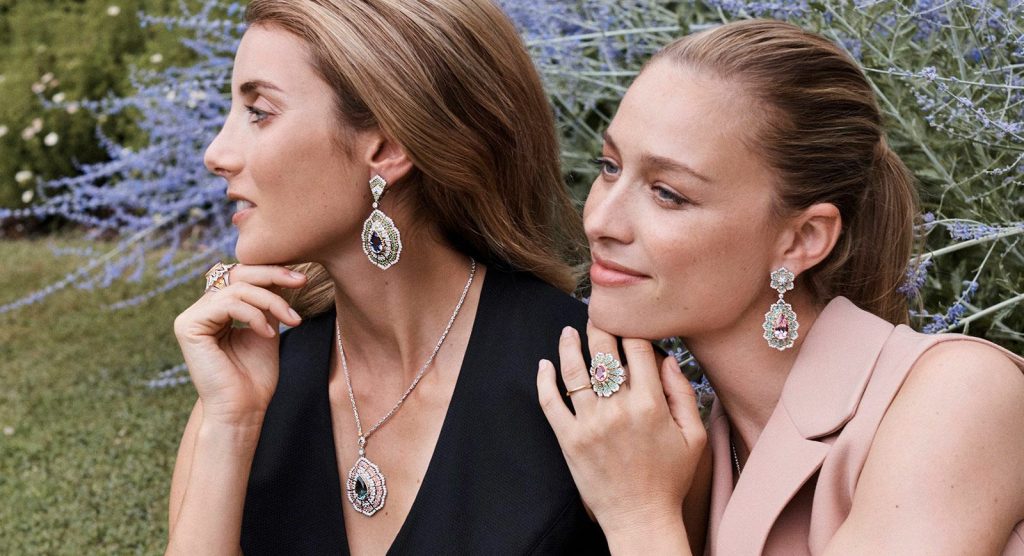
4. Collaborations and Cross-Industry Influences
A. Partnerships with Modern Designers and Artists
To stay relevant and embrace innovation, many traditional jewelry brands collaborate with contemporary artists and fashion designers. These partnerships allow for the introduction of fresh, modern perspectives into the brand’s traditional designs. Collaborations can bring in innovative materials, bold aesthetics, and forward-thinking concepts that modern consumers seek.
Bvlgari, for example, has worked with modern designers and artists to create limited-edition pieces that combine their signature craftsmanship with cutting-edge designs. Their Bvlgari x Nicki Minaj collection brought a modern pop culture influence into their traditional jewelry aesthetic, resulting in a bold and colorful collection that speaks to a younger audience while still reflecting Bvlgari’s heritage.
Similarly, Cartier has collaborated with various artists and designers to bring new interpretations of their classic motifs, infusing contemporary relevance without compromising the high level of craftsmanship and heritage that defines the brand.
B. Fashion and Jewelry Fusion
Another area where jewelry brands have successfully merged traditional and modern design is in the growing fusion between fashion and jewelry. Many top jewelry brands now approach jewelry design as part of a larger fashion ecosystem, collaborating with high-fashion houses to create unique pieces that bridge the gap between traditional luxury and modern style.
For instance, Louis Vuitton has successfully introduced jewelry collections that reflect the brand’s fashion-forward aesthetic while maintaining the craftsmanship and luxury synonymous with the Louis Vuitton name. These pieces embrace bold designs and unexpected materials but still follow the high-quality standards of traditional jewelry making.
5. Education and Preservation of Craftsmanship
A. Mastery of Craftsmanship Through Innovation
Many jewelry brands are addressing the challenge of balancing traditional craftsmanship and modern design by investing in education and the preservation of artisanal skills. Brands like Van Cleef & Arpels and Piaget have established artistic foundations and training programs to ensure that the knowledge of traditional jewelry-making techniques is passed down to new generations of artisans. These programs teach young designers and craftsmen how to blend the best of both worlds: time-honored techniques and modern creative approaches.
Moreover, brands also work with cutting-edge technologies to ensure that traditional craftsmanship can be preserved while allowing for more innovative designs. 3D printing and CAD tools allow designers to experiment with unconventional forms while maintaining the integrity of craftsmanship. These technologies serve as tools for innovation, enabling jewelry brands to remain relevant while preserving their heritage.
Conclusion: A Harmonious Blend of Tradition and Modernity
Balancing traditional craftsmanship with modern design is a challenge faced by many jewelry brands, but it is also an opportunity to create something unique and meaningful. Luxury jewelry brands must find ways to embrace modern aesthetics, technologies, and consumer demands without abandoning the timeless craftsmanship and heritage that have made them iconic.
Ultimately, the future of jewelry lies in the harmonious fusion of tradition and innovation—where heritage is respected and modernity is embraced. By doing so, jewelry brands can continue to appeal to contemporary tastes while ensuring that their legacy remains intact for future generations of consumers.



